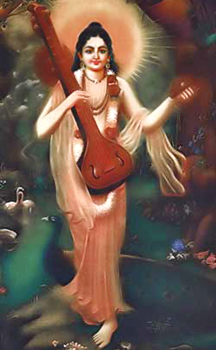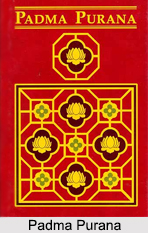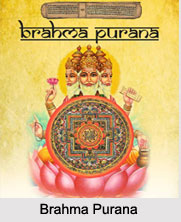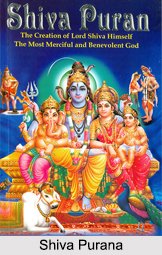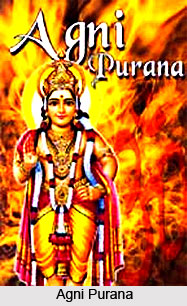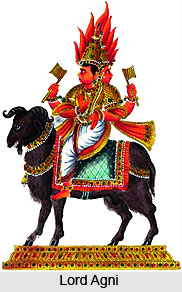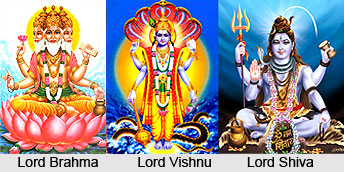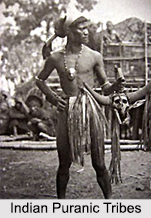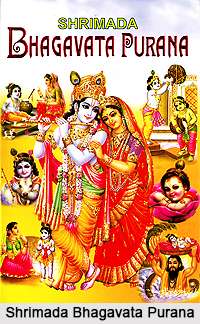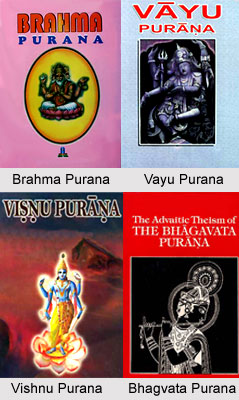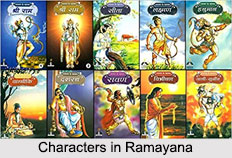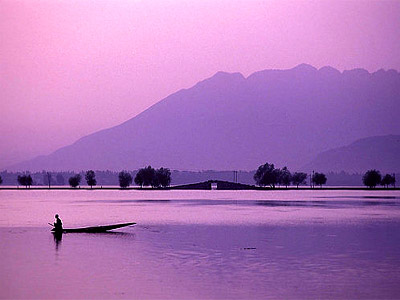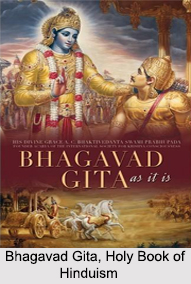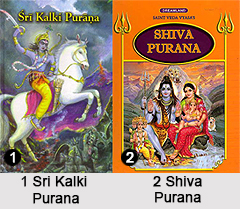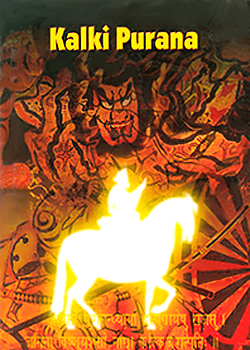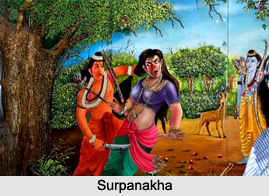Kaliya Daman is a significant event in the Mahabharata, marking Lord Krishna`s triumph over a poisonous serpent named Kaliya. This classical tale forms a vital event of Krishna`s childhood, once again establishing the divinity of Lord Vishnu and his incarnated self.
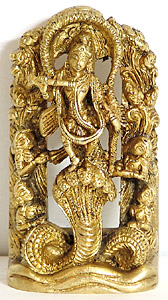 One day the cowherds of Gokula started out very early and strolled across the woods to reach the riverbank, known as Kaliya. The thirsty cowherds drank the water of the river and so did their cows. Suddenly their heads swirled and they realised that they were dying of deadly poison from the river water. Lord Krishna came upon and gave them a life-giving look, thus bringing them back to normal state.
One day the cowherds of Gokula started out very early and strolled across the woods to reach the riverbank, known as Kaliya. The thirsty cowherds drank the water of the river and so did their cows. Suddenly their heads swirled and they realised that they were dying of deadly poison from the river water. Lord Krishna came upon and gave them a life-giving look, thus bringing them back to normal state.
Along the banks of River Yamuna, there dwelled a venomous serpent or naga named Kaliya. For decades, the water around this naga always bubbled with poison. No bird or beast could go near this riverbank and there was only one single Kadamba tree on this bank. Kliya actually lived in Ramanaka Dwipa, but he was later driven away by the Garudas. Since Garuda was cursed that he could not come to Brindaban in his present birth, thus Brindavan was safe for Kaliya to live. One day Lord Krishna and his friends were playing with a ball in this riverbank. Krishna playfully got up on the Kadamba tree and when his friends threw the ball at him, it accidentally fell into the river. Shri Krishna jumped into the river to get the ball. Furiously, Kaliya naga rose up from the water with his ten hoods vomiting poison. Seeing the situation, Lord Krishna`s friends got horrified and started to cry vehemently; the cows ran about lowing and snorting.
In the meanwhile, someone from the herd went to Brindavan and narrated the event to Yashoda, Nand and Rohini. Almost all the people of Gokula came along the riverbank to save Krishna. Only Balarama was confident about the strength of his brother and assured everyone that no one can slain Krishna. Meanwhile, the poisonous Kaliya wrapped his massive body round about Krishna and tightened his grip around him. However, Lord Krishna became huge and even huge according to the size of Kaliya. Eventually, Kaliya had to relieve Lord Krishna, since Kaliya stood no-where to his enormity.
The Braj people were terrified of Kaliya and this time Lord Krishna took the opportunity to save his people from the danger of this serpent. He suddenly sprang onto Kaliya`s head, assumed the weight of the whole universe, and started to dance on the hoods. Eventually Kaliya was dying; Krishna dashed his hoods about, putting forth his tongues and streams of blood poured out from his mouths. At this moment the serpent realised that this is no ordinary human, but Primal Male, or else he could not resist his venom. Kaliya had no option and thus remained still. All the wives of Kaliya came out of water, bend down on the feet of Lord Krishna, and prayed for the life of their husband, or else were ready to sacrifice their own lives along with Kaliya naga.
Lord Krishna stepped down from the hoods of Kaliya and the Naga bowed down, begged in apology. Lord Krishna pardoned him and sends him to Ramanaka Dwipa with the assurance that Garuda will not harm, once he notices the mark of Lord`s feet on the hood of Kaliya. When Lord Krishna came out of the river, all the Braj folk were rejoicing. They were very tired at the day`s end and could not return to Brindavan that day. Suddenly about midnight a terrible forest fire engulfed the entire region and everything was on the verge of destruction. However, Lord Krishna once again saved the lives of the Braj folks by drinking the forest fire. The next morning all the Braj folks, their cattle along with Lord Krishna returned Brindavan rejoicing and singing.


